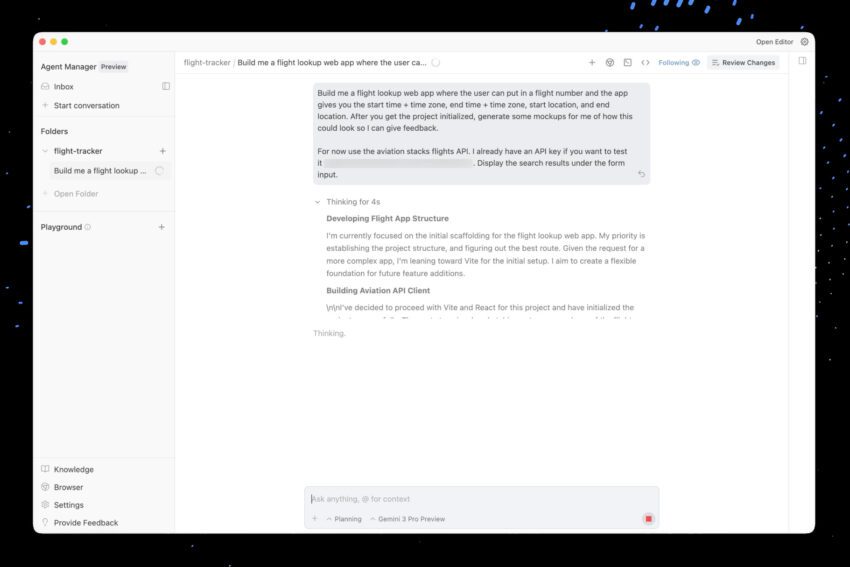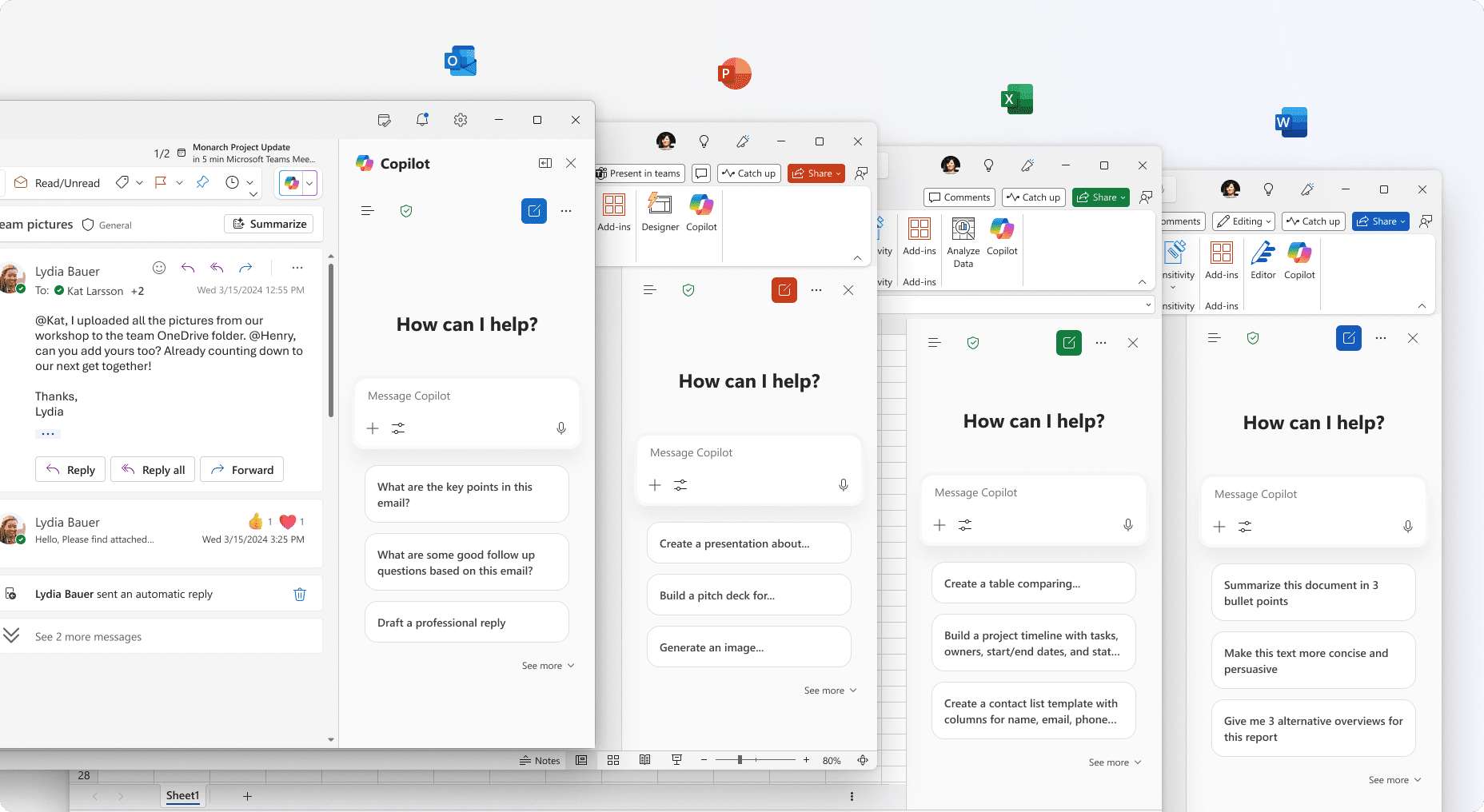
google antigravity is an agent-first coding tool Google has introduced Antigravity, a new development tool designed to enhance coding efficiency and collaboration through its integration with Gemini 3 Pro and other third-party models.
google antigravity is an agent-first coding tool
Overview of Antigravity
Alongside the announcement of Gemini 3 Pro, Google unveiled Antigravity, a cutting-edge development tool aimed at revolutionizing the coding landscape. This tool is built on the capabilities of Gemini 3 Pro and is designed for an “agent-first future,” which emphasizes the use of AI agents to streamline coding processes. Antigravity supports multiple agents, providing them with direct access to the editor, terminal, and browser, thereby enhancing the overall user experience.
Key Features of Antigravity
Antigravity introduces several innovative features that set it apart from traditional Integrated Development Environments (IDEs). One of its most notable aspects is its ability to report on its own work. As agents complete tasks, they generate what Google refers to as “Artifacts.” These Artifacts include task lists, plans, screenshots, and browser recordings, which serve as evidence of the work completed and the tasks that lie ahead. This self-reporting mechanism is designed to make it easier for users to verify the progress and actions of the AI agents.
Google emphasizes that Artifacts are “easier for users to verify” compared to comprehensive lists detailing a model’s actions and tool calls. This focus on transparency is crucial, as it allows developers to maintain oversight over the work being done by AI agents, ensuring that the coding process remains accountable and efficient.
Usage Views: Editor and Manager
Antigravity offers two primary usage views to cater to different user needs. The default Editor view provides a familiar IDE experience, akin to popular tools like Cursor and GitHub Copilot. In this view, users can interact with an AI agent that resides in a side panel, assisting them with coding tasks and providing suggestions in real-time.
The second view, known as the Manager view, is designed for users who need to control multiple agents simultaneously. This view allows each agent to operate more autonomously, akin to a “mission control” setup. Users can spawn, orchestrate, and observe multiple agents working across various workspaces in parallel. This capability is particularly beneficial for larger projects where collaboration among multiple agents can significantly enhance productivity.
Enhanced Feedback Mechanisms
Another significant advancement in Antigravity is the introduction of enhanced feedback mechanisms for AI agents. Users now have the ability to leave comments on specific Artifacts, allowing agents to take this feedback into account without interrupting their workflow. This feature is designed to facilitate a more interactive and dynamic coding environment, where users can guide the agents without hindering their progress.
Moreover, Antigravity agents are equipped with the ability to “learn from past work.” This means they can retain specific snippets of code or the steps required to carry out certain tasks, thereby improving their efficiency over time. Such learning capabilities are essential for creating a more intuitive and responsive coding assistant, ultimately leading to a more seamless development experience.
Practical Applications: Building a Flight Tracker App
In a demonstration of Antigravity’s capabilities, the tool was used to build a basic flight tracker app. This example showcased how Antigravity can not only assist in coding but also test the application and report on the testing process using browser recordings. Such practical applications highlight the tool’s potential to streamline the development lifecycle, from initial coding to testing and deployment.
Availability and Compatibility
Antigravity is currently available in a public preview, making it accessible to a wide range of users. The tool is compatible with major operating systems, including Windows, macOS, and Linux. Google has positioned Antigravity as a free tool, offering what they describe as “generous rate limits” for users of Gemini 3 Pro. Additionally, it supports other models such as Claude Sonnet 4.5 and OpenAI’s GPT-OSS, further expanding its usability.
Google has stated that the rate limits refresh every five hours, and they anticipate that only “a very small fraction of power users” will ever reach these limits. This approach aims to ensure that most users can take full advantage of Antigravity’s capabilities without encountering restrictions that could impede their workflow.
Implications for Developers and the Coding Community
The introduction of Antigravity marks a significant step forward in the integration of AI into the software development process. By providing tools that enhance collaboration between human developers and AI agents, Google is paving the way for a more efficient and productive coding environment. The ability for agents to report on their work and learn from past experiences could lead to a paradigm shift in how software is developed, tested, and maintained.
Furthermore, the dual usage views allow for flexibility in how developers choose to interact with the tool. Whether they prefer a more traditional IDE experience or a comprehensive management system for multiple agents, Antigravity caters to a wide array of user preferences. This adaptability is crucial in a field that is constantly evolving, as developers seek tools that can keep pace with their needs.
Stakeholder Reactions
The announcement of Antigravity has garnered attention from various stakeholders within the tech community. Many developers are excited about the potential for increased productivity and collaboration that Antigravity promises. The ability to harness multiple AI agents to work on different aspects of a project simultaneously is seen as a game-changer for larger teams and complex projects.
However, there are also concerns regarding the reliance on AI in coding. Some developers worry that increased automation could lead to a diminished understanding of coding fundamentals, particularly for newer programmers. The balance between leveraging AI for efficiency while maintaining essential coding skills is a topic of ongoing discussion within the community.
Moreover, the transparency offered by Antigravity through its Artifact reporting is viewed positively, as it allows developers to maintain oversight of AI actions. This feature is particularly important for ensuring accountability and trust in AI-assisted coding, which is crucial as the technology continues to evolve.
Future Developments and Expectations
Looking ahead, the introduction of Antigravity is likely to spur further innovations in the realm of AI-assisted coding tools. As developers become more accustomed to working alongside AI agents, there may be an increased demand for features that enhance collaboration and learning. Google’s commitment to refining Antigravity based on user feedback will be essential in shaping its future iterations.
Additionally, as AI technology continues to advance, the capabilities of tools like Antigravity are expected to expand. Future updates may include more sophisticated learning algorithms, improved user interfaces, and enhanced integration with other development tools and platforms. The ongoing evolution of Antigravity will be closely watched by developers and industry experts alike, as it represents a significant shift in how coding is approached in the modern age.
In conclusion, Google’s Antigravity is poised to make a substantial impact on the software development landscape. By leveraging AI agents to streamline coding processes and enhance collaboration, Antigravity addresses many of the challenges faced by developers today. As the tool continues to evolve, it will be interesting to see how it shapes the future of coding and the role of AI in the development process.
Source: Original report
Was this helpful?
Last Modified: November 18, 2025 at 10:38 pm
1 views















